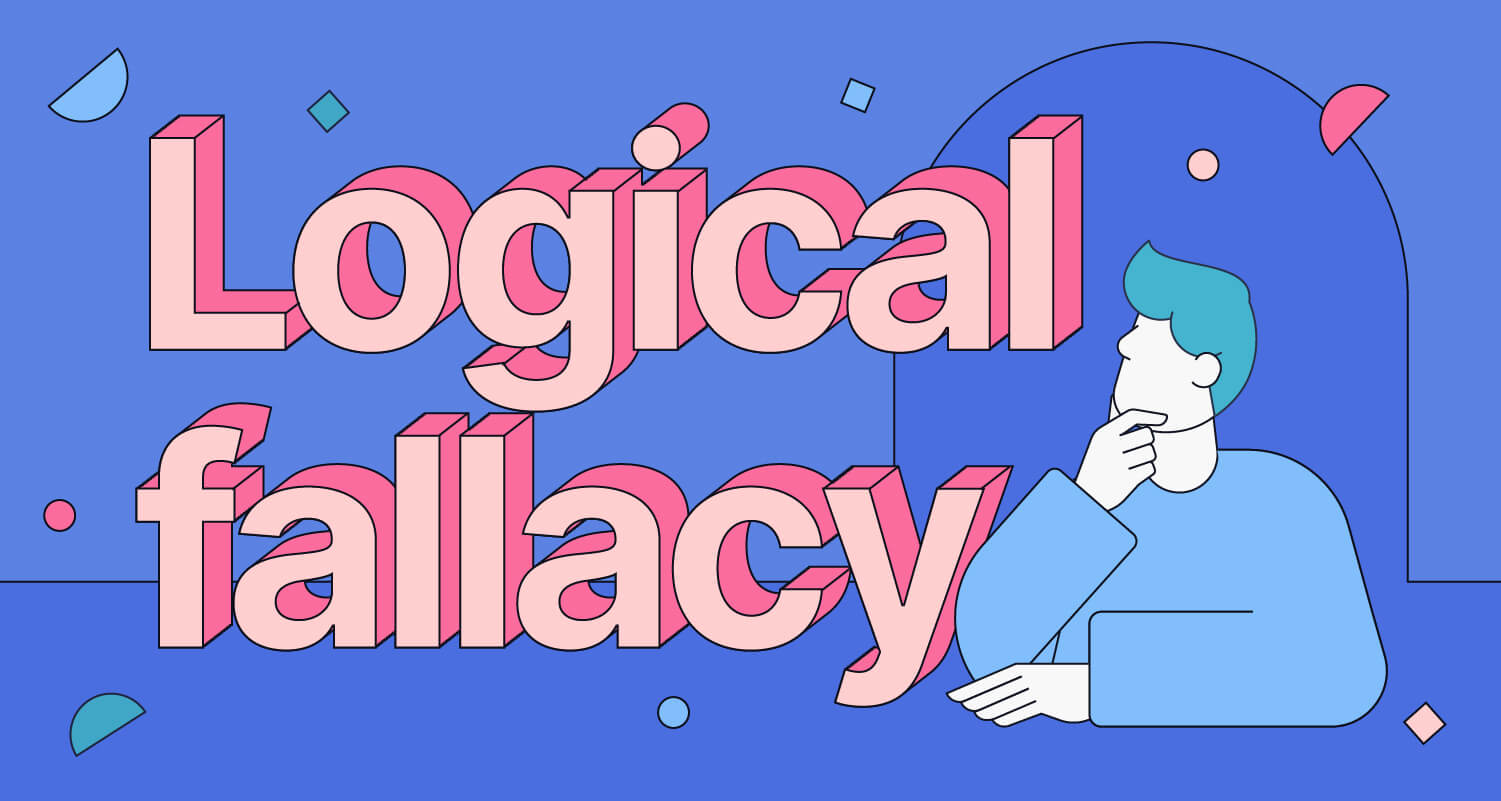Learning about Logical Fallacies
A logical fallacy is an error in reasoning that can weaken an argument by using invalid or irrelevant points, or by drawing inaccurate conclusions. They can be used to manipulate people to believe them to be correct because they appear to be correct, as well as providing irrelevant information such as unrelated topics to shift the focus of the argument. Logical Fallacies can be used unintentionally as well as intentionally. There are many different types of logical Fallacies, today we will cover all of them.

1. Formal Logical Fallacies
A formal fallacy is a type of logical fallacy that occurs when a deductive argument's structure is flawed, making it invalid. Formal fallacies can be expressed in a standard logic system, such as propositional logic. All Formal Logical Fallacies are shown below.
Affirming the Consequent
Assuming two things sharing a property must be the same. (Invalid reasoning)
 >
>
This example shows how even though the penguin and tv shows are different things, since they are both black and white, they are shown as the same thing.
Denying the Antecedent
If A → B; A is false, so B must be false.
 img-fluid">
img-fluid">
This reasoning is incorrect because students can still be happy for reasons unrelated to free beer.
Non Sequitur
The conclusion does not logically follow from the premises.

This example wrongly assumes cancer’s existence before cigarettes disproves smoking as a cause.